New Juno Images Show Volcanic Activity on Jupiter’s Moon, Io
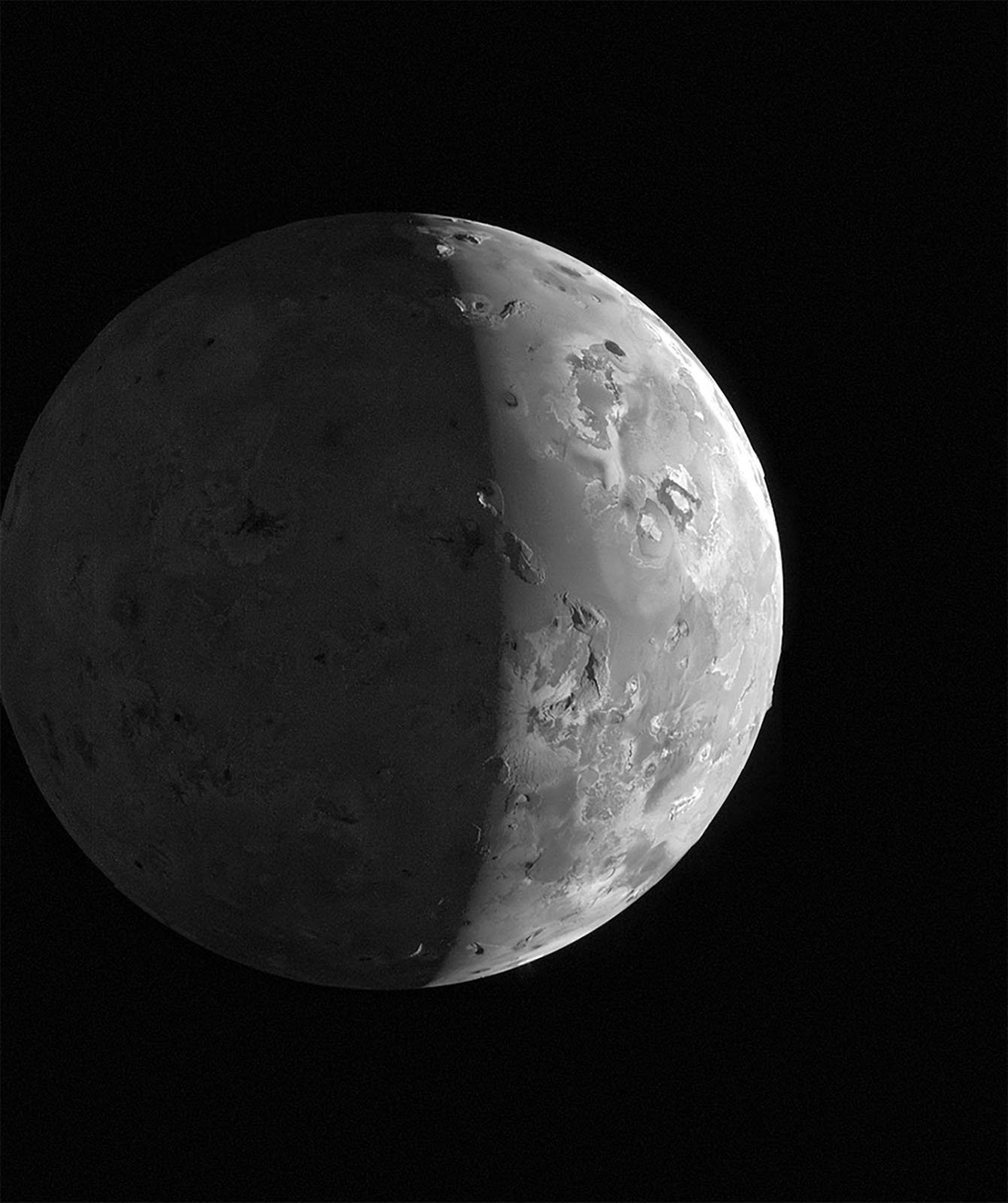
Over the weekend, NASA’s Juno spacecraft made another close flyby of Jupiter’s moon, Io. Like a prior flyby last December, the encounter is designed to help scientists understand the volcanic nature of the moon, the most volcanic in the entire solar system.
Like the first pass, the latest one took the spacecraft within about 930 miles (1,500 kilometers) of Io. Scientists hope to determine if the moon has a global magma ocean hidden beneath its rough and rocky surface.
As always, the Juno team released the unprocessed images from the recent flyby, and unsurprisingly, talented citizen scientists have been doing incredible work on the photos.
Of the featured submissions created by Andrea Luck builds upon one of Juno’s new images and shows a close-up view of a pair of possible volcanic plumes on Io’s surface.
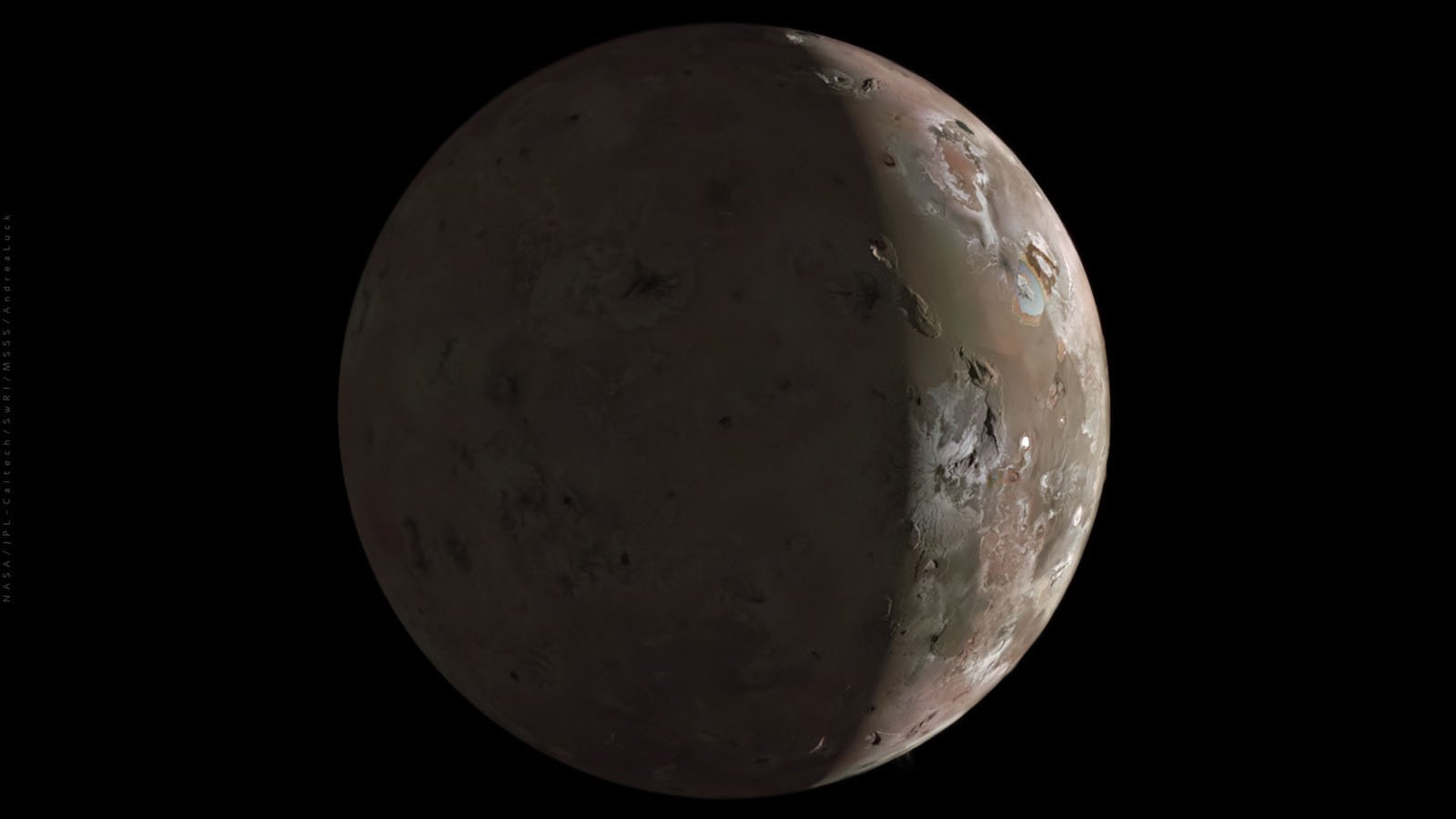
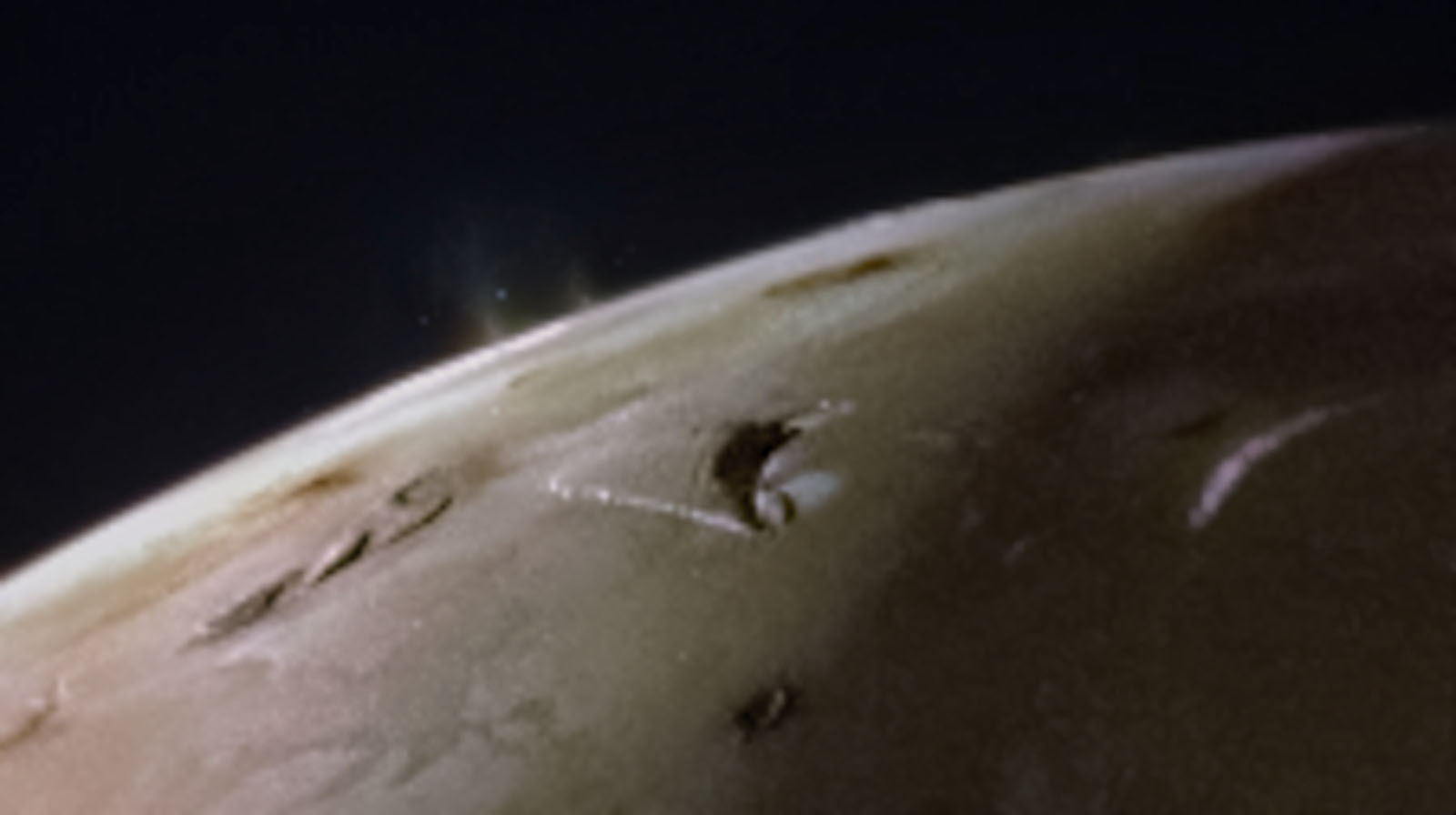
“Io is the most volcanic world in the solar system, with eruptions significantly larger than Earth’s. The root cause is its orbit of Jupiter,” writes Forbes.
Io orbits closer to Jupiter than any of the gas giant’s other Galilean moons and has over 400 active volcanoes. The moon’s high volcanic activity is due to tidal heating, or the friction within the moon’s interior as it is pulled between Jupiter and other Galilean moons.
“Jupiter’s moon Io is the most volcanically active world in the solar system, with hundreds of volcanoes, some erupting lava fountains dozens of miles (or kilometers) high. Io is caught in a tug-of-war between Jupiter’s massive gravity and the smaller but precisely timed pulls from two neighboring moons that orbit farther from Jupiter — Europa and Ganymede,” NASA explains.
Io’s volcanoes are so powerful that they can even be seen by large terrestrial telescopes on Earth, although, unsurprisingly, Juno’s much closer perspective has key advantages to observing Io’s volcanic activity.
This is not the first time Juno captured volcanic plumes on Io. Last year, NASA released an image of an Io plume captured by JunoCam, a visible light camera aboard Juno.
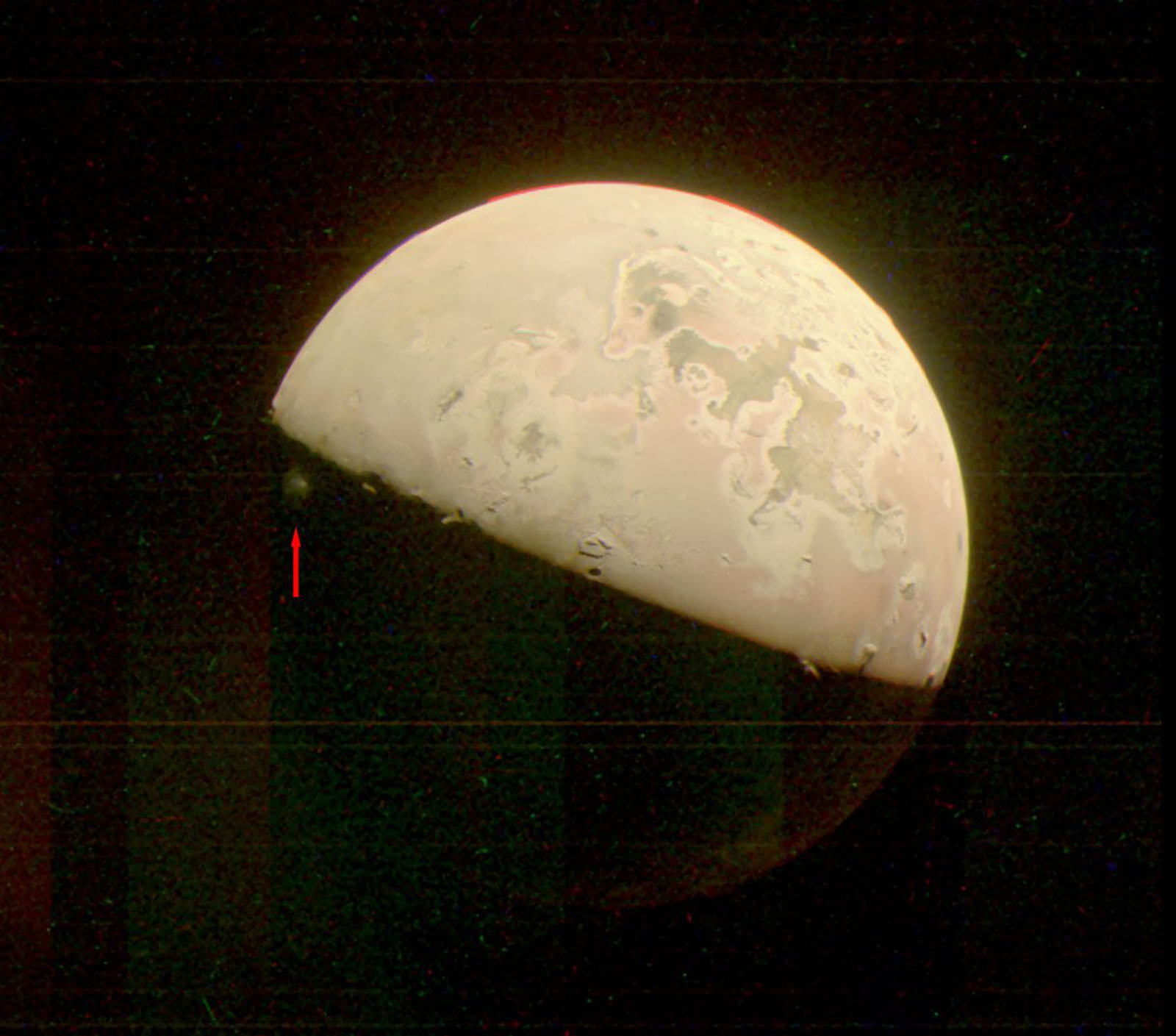
Despite gaining access to recent flyby data just a few days ago, citizen scientists have already delivered some truly stunning processed images of Io that show the Jovian moon in as much beautiful detail as any images ever.
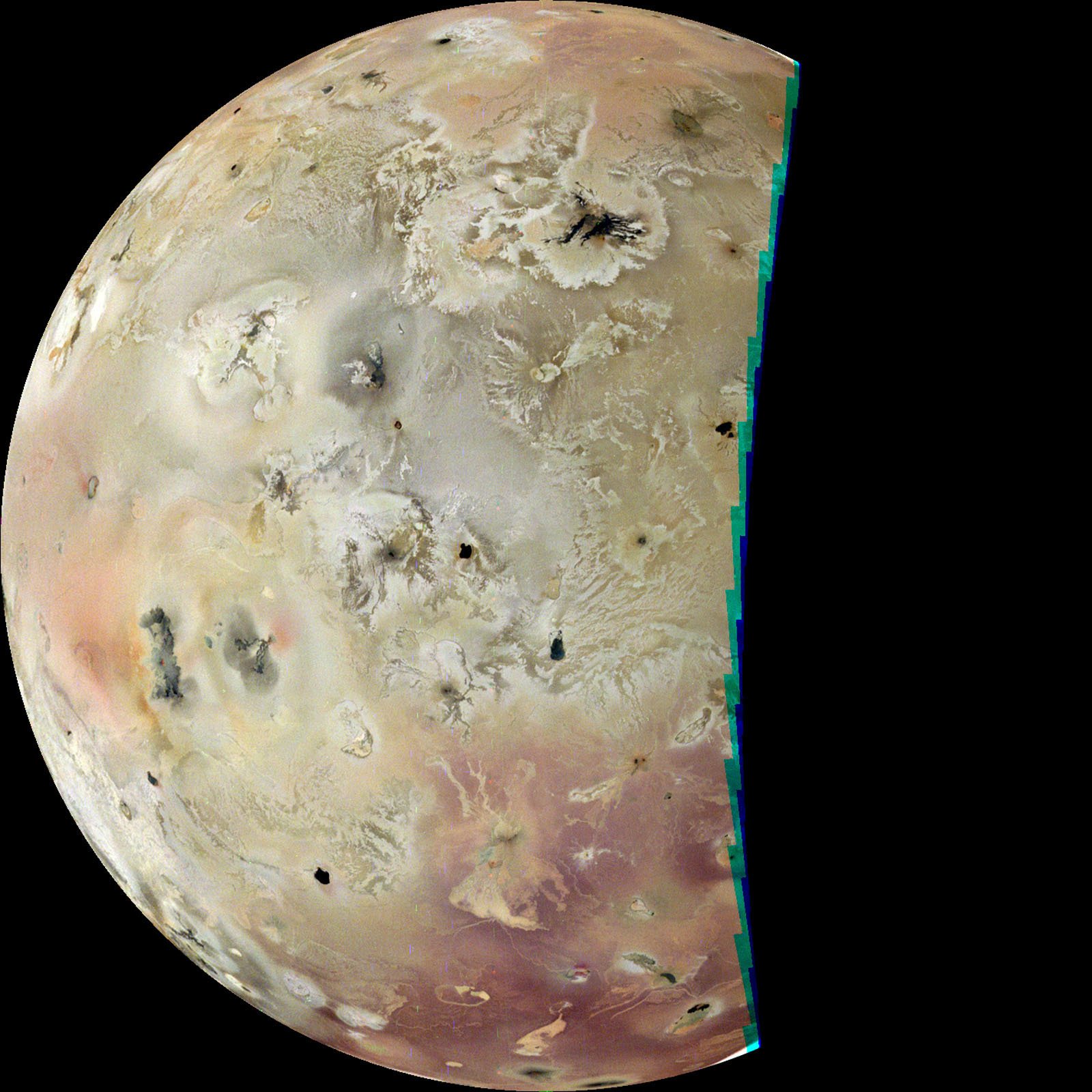
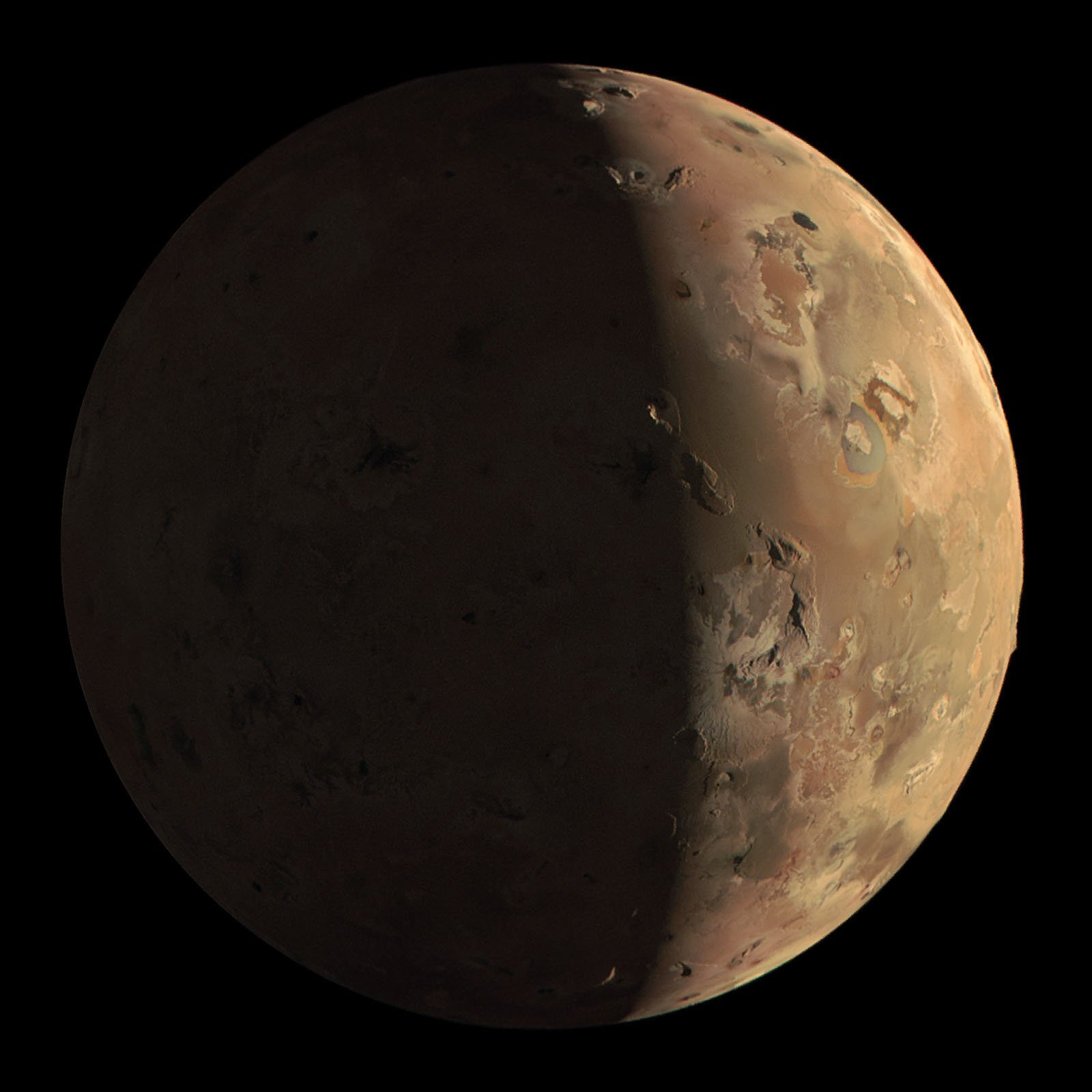
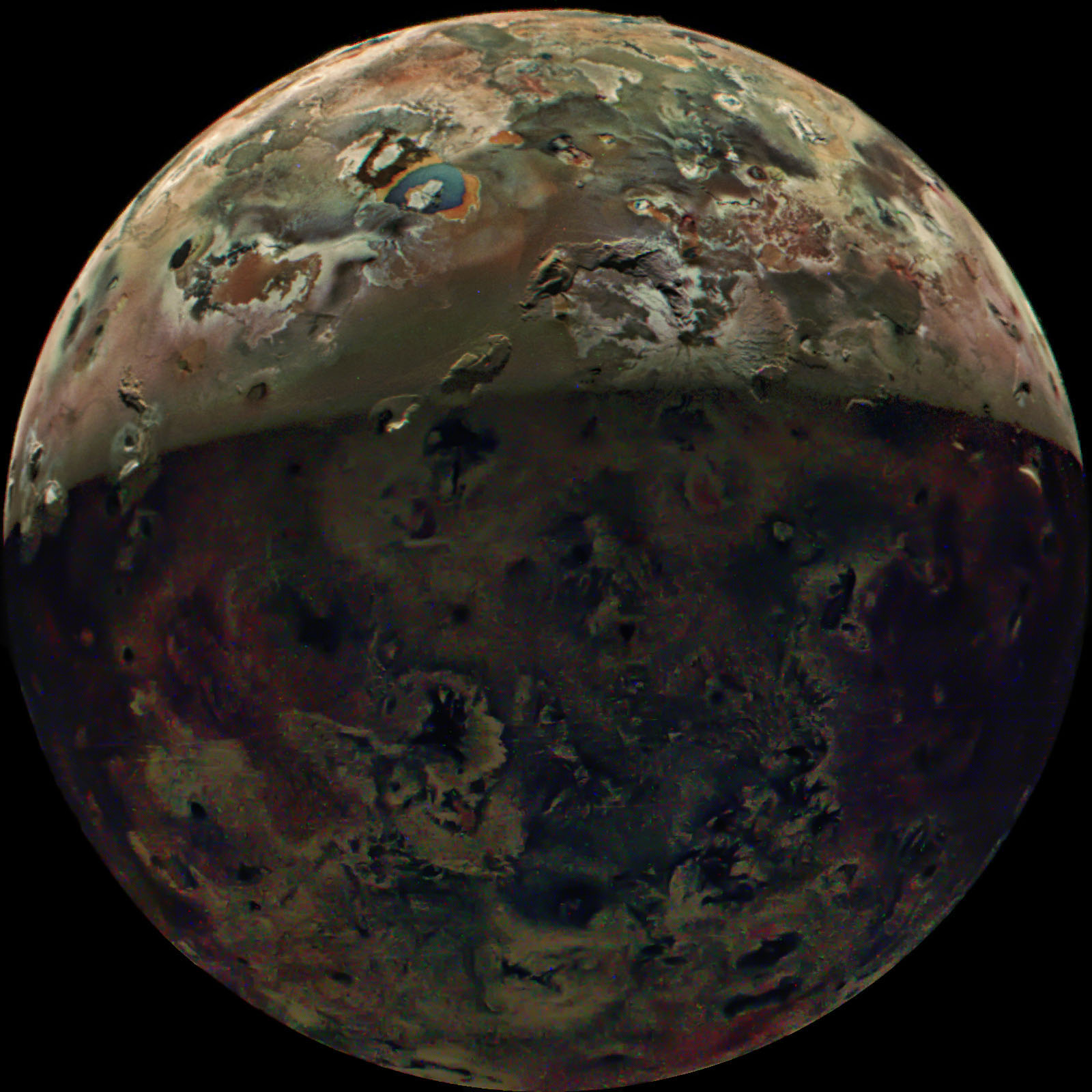
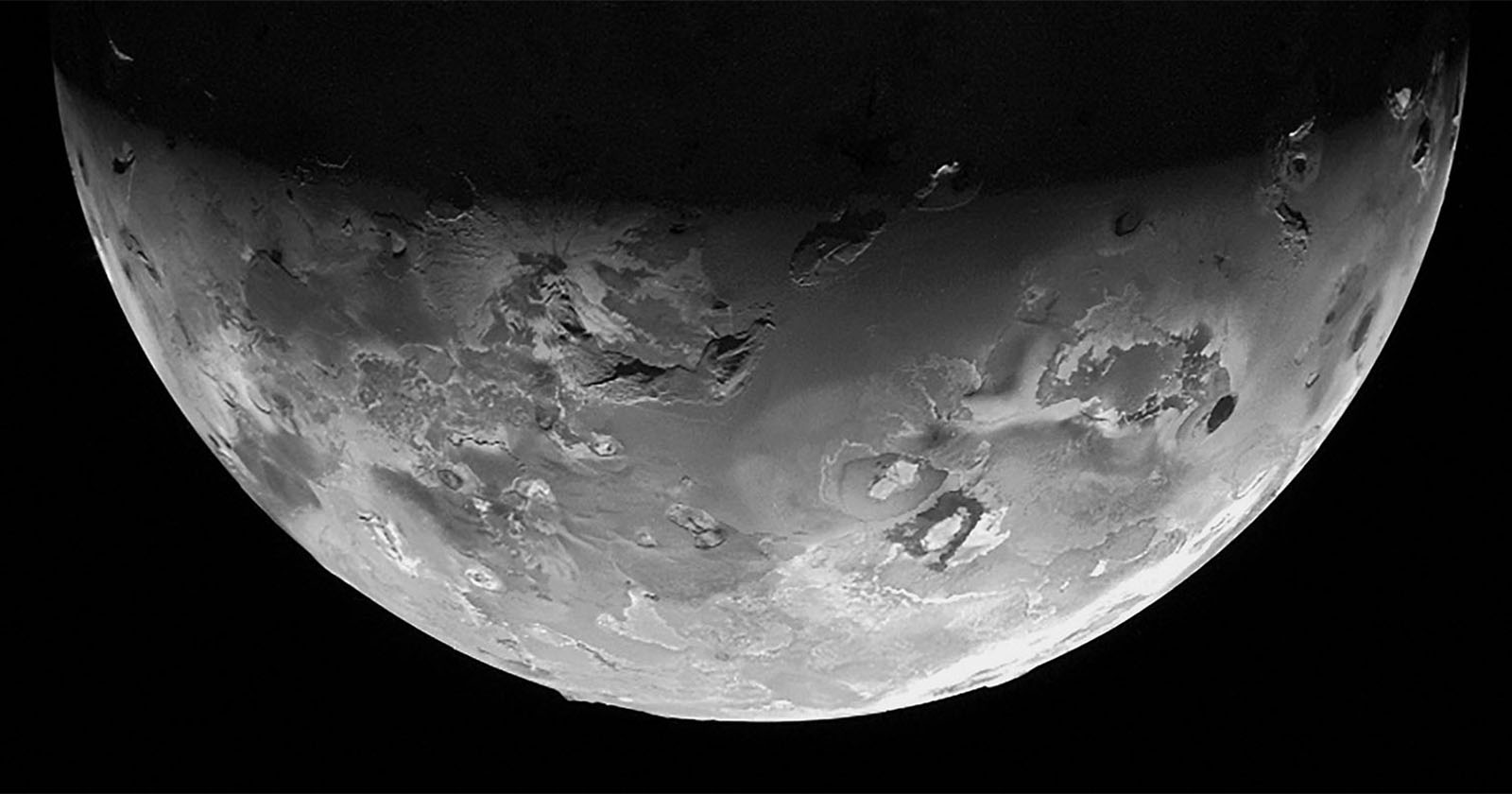
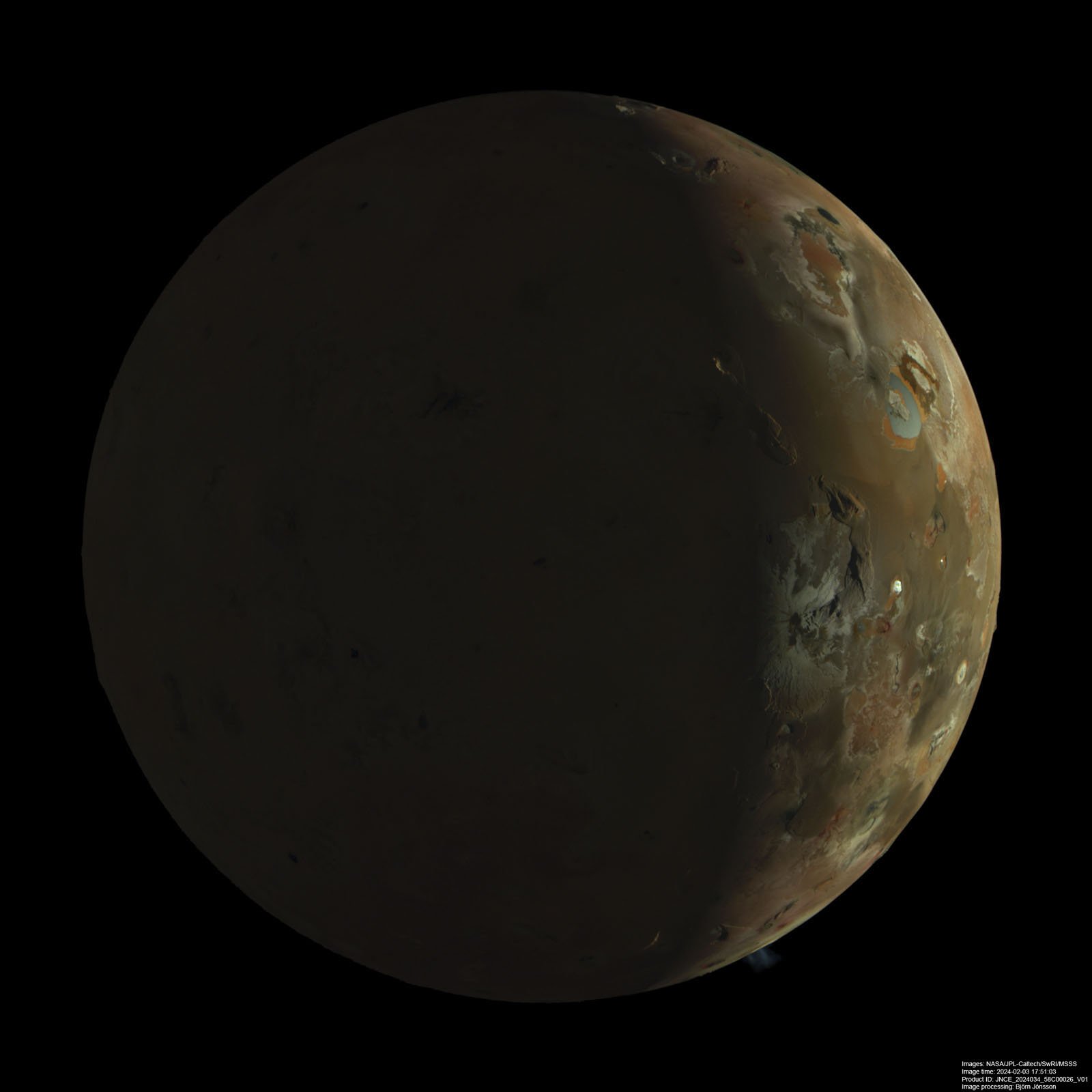
There will be much more to come from Juno as it investigates Jupiter, Io, and other Jovian moons. Beyond capturing great images, Juno is also helping scientists uncover not only the origins of Jupiter and its satellites but the solar system itself. It is currently in an extended mission phase and the most distant planetary orbiter in the solar system.